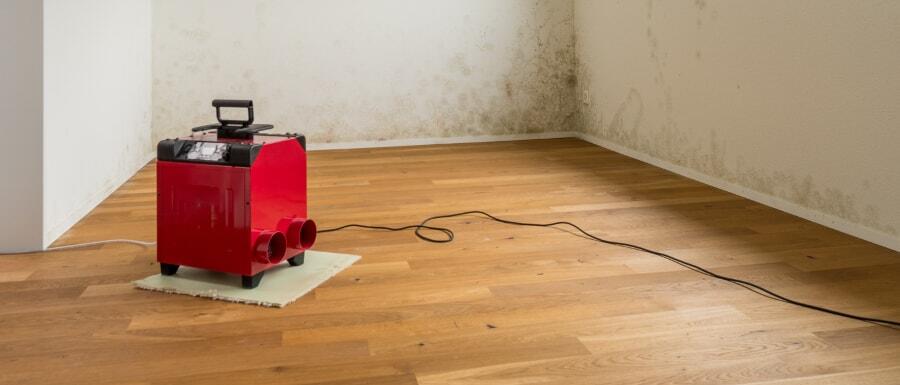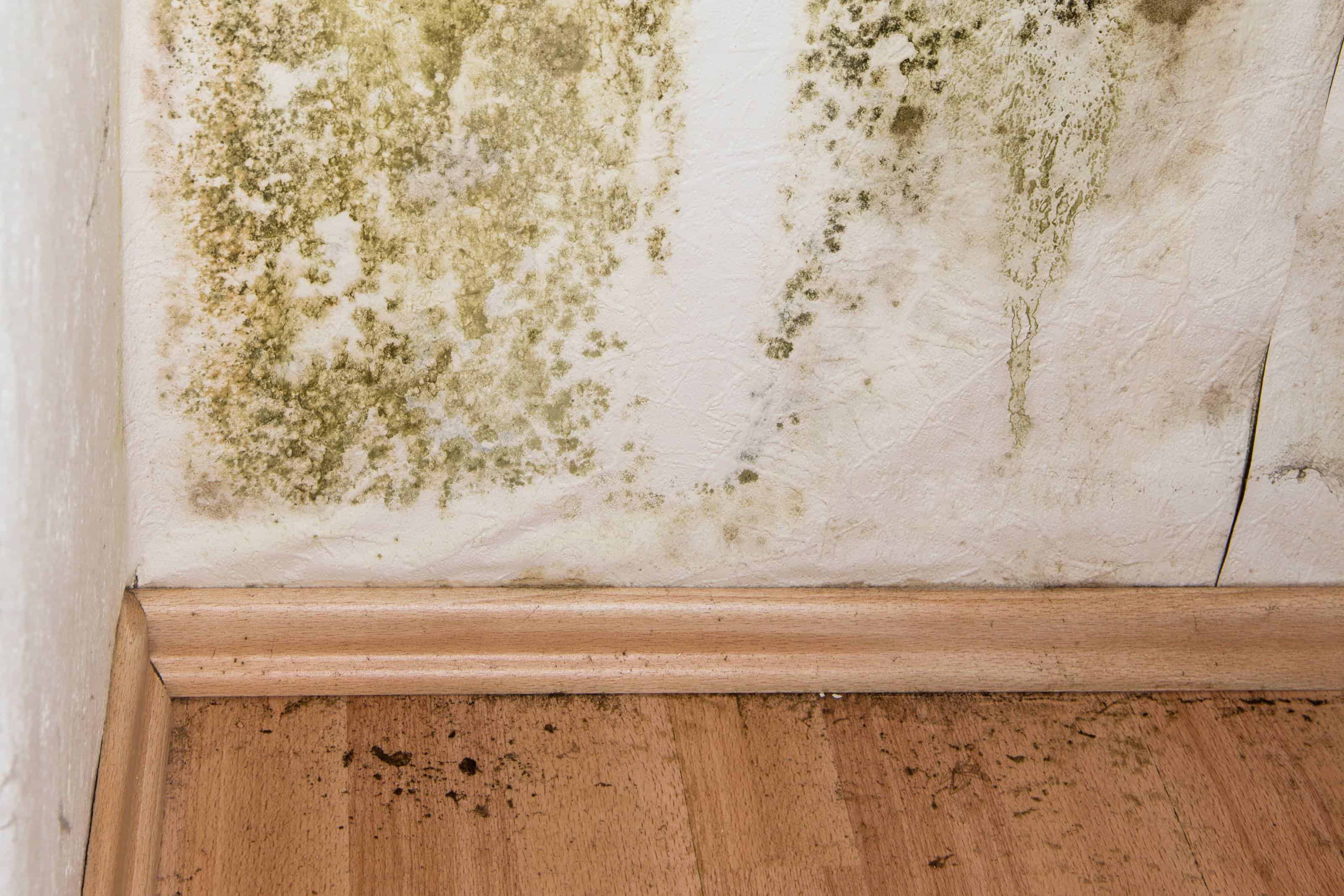We all understand the dangers of damp and mould in homes. Not only is it bad for your health, but it can lead to costly repairs if left unchecked.
To prevent damp and mould growth in your home, it is essential to take steps to secure it from entering.
The primary culprit behind these problems is condensation, some would argue, but is that really the case?
Use a dehumidifier to control the mould-causing moist air in the house
Dehumidifiers can reduce moisture levels in your home by extracting it from the air. This is an effective way to shield your residence from dampness and mould growth as well as helping with allergies.
Dampness in the air is a prime factor for mould, mildew and other types of fungus growth. This can lead to health issues such as breathing difficulties and compromised immune systems.
Moisture can also damage furniture, upholstery and woodwork, leaving them vulnerable to mildew growth – leading to that characteristic ‘musty’ smell.
Mould can be particularly prevalent in bathrooms and laundry rooms where humidity levels are higher.
It also grows in basements and attics/lofts, as well as areas where water has seeped in through cracked or leaky windows or doors.

Ventilate your home properly. It won’t cure the damp, but it will help
Ventilating your home correctly not only improves air quality in the long run, but it can also save you money on heating bills due to reduced humidity levels. Furthermore, keeping humidity levels under control helps protect interior furnishings from damage or wear and tear.
Ventilating your home correctly can not only enhance its aesthetic appeal, but it may also increase the value of your property – increasing its likelihood that you’ll stay put for the long run.
To get the most out of your ventilation scheme, plan ahead and take advantage of natural wind flow from outdoors by having high quality doors and windows at all points inside the house.
Doing this allows airflow to be cooled and heated during summers and dried out and blown dry during winters without risk of mouldy ductwork or damp walls.
However, despite some keyboard warriors opinions online, simply opening windows will in no way cure damp or mould.
Invest in a good ventilation system
A well-ventilated home keeps moisture and condensation at a minimum, helping keep dampness away from furniture, curtains, carpets and more. This is especially critical in homes with children or elderly people living there.
Mold spores, which can cause various respiratory problems like rhinitis, coughing and sneezing; asthma attacks and eczema; as well as making existing allergies worse.
Indoor air pollution is much more hazardous to health than outdoor air, so it’s essential that you ventilate your home effectively. You can do this through natural ventilation, extractor fans or a whole house ventilation system.
Inspect your roof for leaks
Inspecting your roof regularly is a wise investment. Not only will it detect issues that could cause serious harm to your roof, but it will also save you money in repairs down the line.
Making sure your roof is in good order is one home improvement that is important but you cannot do it yourself, its too dangerous.
A roof inspection is an effective way to avoid dampness and mould damaging your home. It’s essential to detect the issue early on so you can take the necessary steps to fix it before it gets out of hand.
Moulds and mildew thrive in moist areas, such as around leaks or floods. They can also grow on paper, cardboard, wood, drywall, insulation, and paint if left unchecked.
Inspecting your roof regularly and inexpensively is an easy way to prevent water stains or mould damage from arising. Doing this prevents costly repair bills in the future due to water damage issues.
Remember this is a job for a roofing company, not you. Do NOT try and access your roof, for fairly obvious reasons.
If only someone had told Rod Hull that, but there you go.
The only way to effectively cure damp in the house is from the OUTSIDE. Internal mould blockers do NOT work.
The only way to cure the damp permanently is to locate the SOURCE of the damp, often from poorly maintained exterior walls.

Cure damp for good by having an exterior wall coating.
Any damp or mould in your home is WATER that has come from OUTSIDE the house, in nearly all cases, and I speak as someone who has surveyed homes up and down the country as part of our damp remedy consultation.
When the homeowners realise that we can cure the damp they are overjoyed, living in a damp and mouldy home can be a nightmare, and also very bad for your health.
Brick homes get damp when the house gets to a certain age and the weatherproof face of the brick has eroded, soaking up water.

Rendered and pebbledashed homes often allow water in through a sheer lack of exterior wall maintenance, and cracks are often a sign of this.
Whilst a crack 2mm wide might seem trivial, a linear measurement of that, for example if the crack is 3 metres long, equates to a huge hole in the wall.
Water should remain outside of your house.
If it gets inside, damp is an organic thing, like a plant, which needs to be fed water to grow and spread.
That’s all well and good for the plants and bushes in your garden, but not so when it starts to grow inside your house.
Oh and by the way, do not be conned into thinking that treating the mould with spray bleach will cure it. It won’t and you will actually make it WORSE because spray bleach is part WATER, meaning you actually make the issue worse.
I am sorry to tell you that if your house suffers from damp and mould there is NO CHEAP OR QUICK FIX, sorry but you really are going to have to dig deep in your pocket and pay for the house to be weatherproofed to stop damp.
Maybe if you had spent money on the exterior of the house over the years, the damp would not have started up in the first place?

The ONLY way to cure damp and mould in your house is to have work done to the exterior of the house, I may be somewhat biased in my opinion (!) but it’s the plain truth and if your house has damp you need to accept it and open your chequebook, with all due respect.
The damp is not going to magically go away if you open your windows.
Nor will it go away if you wait for summer. The mould spores are still extant inside the wall and as soon as the wetter months come along, they will show you they are still there.
The way to cure damp and mould is to have an exterior wall coating.
It is a fool proof system, can be usually applied in less than a week, and will cure your damp, guaranteed.
There are 2 main types of exterior wall coatings, coloured coatings and transparent wall coatings.
Coloured exterior wall coatings are like a very thick paint, sprayed onto the walls, after a full repair programme is carried out on the house.
The system is guaranteed for 20 years to stop damp, plus not only will it enhance and beautify the outside of your house, it will not crack, fade, chip or peel, unlike normal masonry paint.

Examples of this work can be seen on our gallery page.
The other type of exterior wall coating is transparent and is suitable for unpainted brick or stone homes, plus it is also suitable for listed buildings too.
It not only stops all kinds of damp and mould but it is approved by the Energy Saving Trust to actually LOWER your home heating bills, which is very relevant at the time of writing with huge increases in the cost of heating your home, partly due to Russia’s crazy and barbaric war in Ukraine.
More information on our energy saving wall coating is available.
If you want to cure damp and mould in your house, now is the time to act, if only out of concern for the health of your family.
Give us a call for a chat, FREE, on (0800) 970 4928 or send the team an email.

